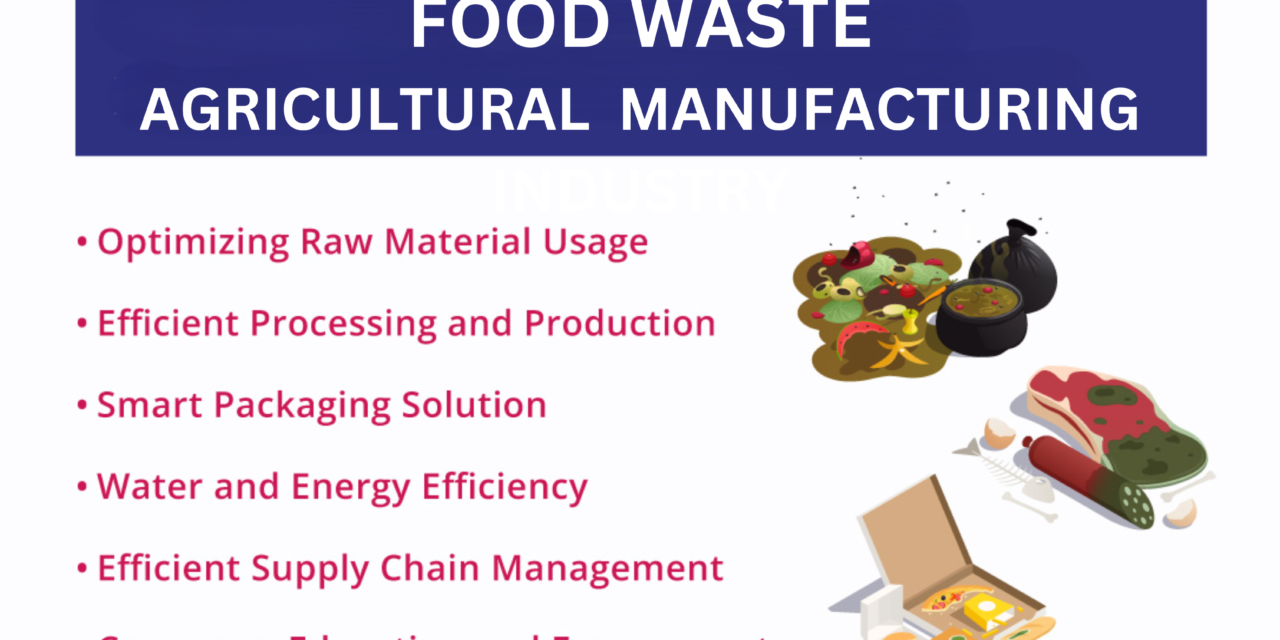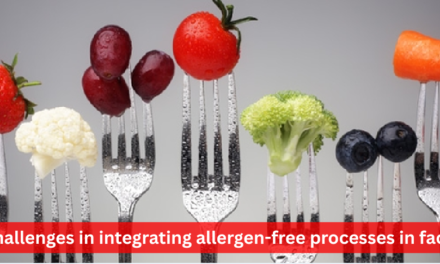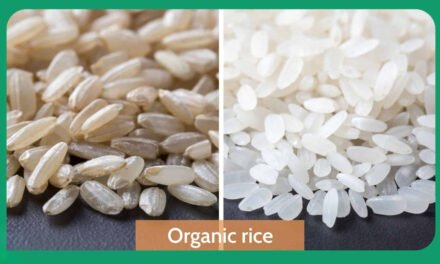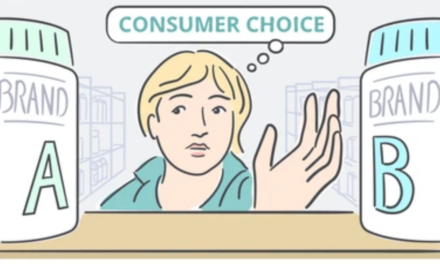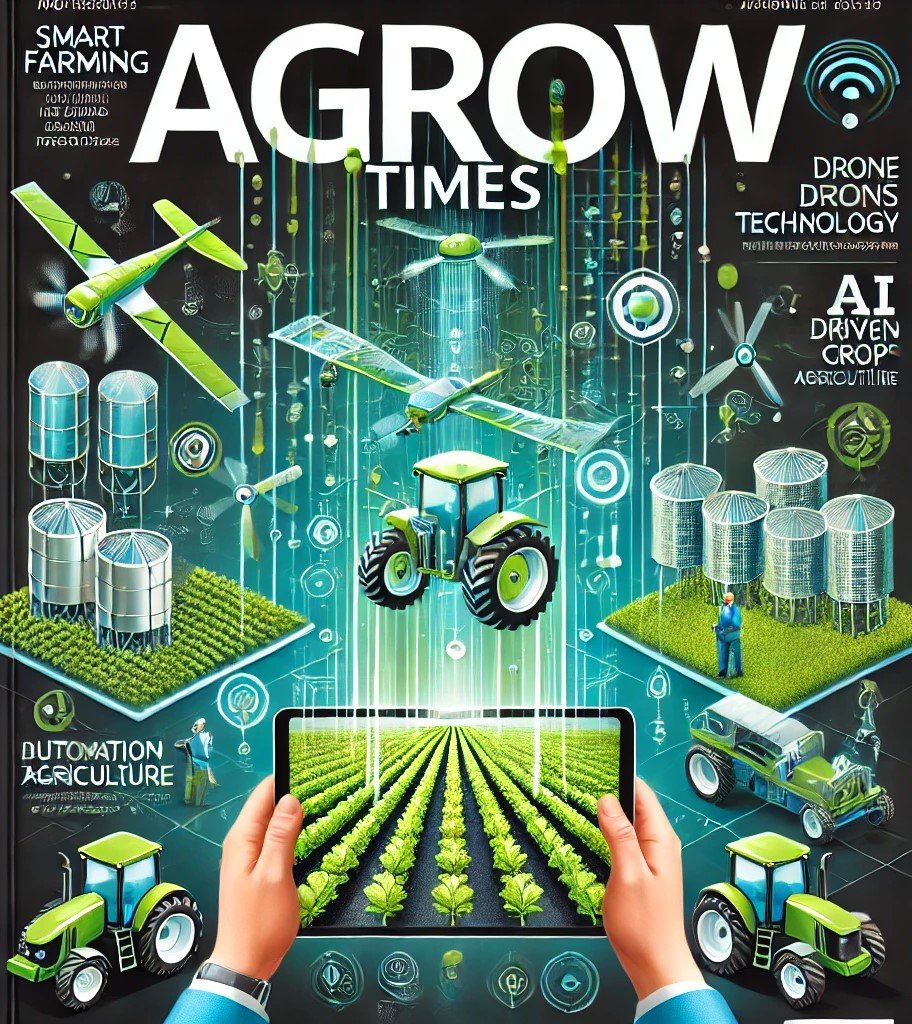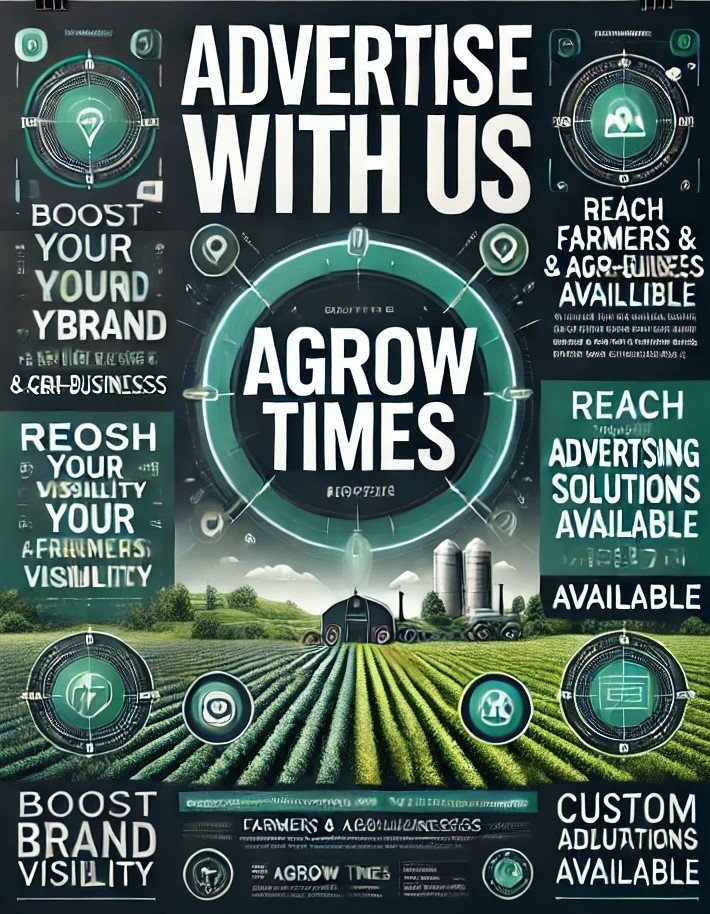The agricultural products manufacturing industry will need to adopt several strategies and technologies to address the challenge of food waste effectively. As food waste is a significant concern, both environmentally and economically, here are the key approaches the industry is likely to take:
1. Improved Supply Chain Efficiency
- Better Harvesting and Storage Practices: Implementing technologies to optimize harvesting, storage, and transportation can reduce food spoilage. This includes temperature-controlled logistics, improved packaging to extend shelf life, and better tracking systems to monitor the freshness of products.
- Data-Driven Supply Chain Management: Advanced analytics and AI will allow manufacturers to predict demand more accurately, reducing overproduction and waste. Using data to align production with real-time market demand will help prevent surplus and excess waste.
- Smart Packaging Solutions: Packaging innovations, such as modified atmosphere packaging (MAP) and vacuum sealing, will help extend the shelf life of agricultural products, reducing spoilage during transportation and storage.
2. Food Waste Prevention at the Processing Stage
- Efficient Processing Techniques: Improved food processing techniques, such as high-pressure processing (HPP) and cold pasteurization, can preserve the nutritional value of products without using excessive heat, reducing waste due to quality degradation.
- Upcycling Food By-Products: Many by-products from food manufacturing (e.g., fruit peels, stems, and grains) can be repurposed into valuable products like animal feed, biofuels, or even new food products (e.g., snacks or protein bars). Upcycling food by-products into other consumable goods or non-food products can minimize waste.
3. Better Use of Surplus and “Ugly” Produce
- Processing “Ugly” or Misshapen Produce: The use of so-called “ugly” or surplus produce that doesn’t meet strict cosmetic standards for fresh food sales can be processed into soups, sauces, or juices. This will prevent waste while making use of produce that would otherwise be discarded.
- Frozen and Canned Goods: Surplus fresh produce can be processed into frozen or canned foods, extending its shelf life and reducing waste. Many manufacturers are expanding the production of frozen and preserved items to address food waste concerns.
4. Waste Reduction in Packaging
- Sustainable Packaging: The shift toward sustainable packaging materials, including biodegradable, compostable, and recyclable options, will help minimize packaging waste in the food industry. Additionally, manufacturers are focusing on reducing excess packaging by adopting minimalistic packaging designs.
- Reusable Packaging Solutions: Packaging systems that allow for reuse (e.g., glass containers or multi-use plastic) can significantly reduce waste. Manufacturers may also introduce take-back or refill programs, where consumers can return packaging for reuse, further reducing waste.
5. Education and Awareness Campaigns
- Consumer Education: Manufacturers will increasingly engage in consumer education campaigns about food storage, portion sizes, and expiration dates to help reduce food waste at the consumer level. Providing clearer labeling regarding “use by” and “best before” dates will help consumers understand product quality and reduce premature disposal.
- Promoting Food Waste Awareness: Many companies are beginning to support initiatives that raise awareness about food waste, including collaborations with NGOs, schools, and governments to encourage reducing food waste in households and food service sectors.
6. Waste-to-Energy Solutions
- Biogas Production: Waste generated during food manufacturing (e.g., scraps, peels, and other organic materials) can be used to produce biogas, which can be used as a renewable energy source to power the manufacturing process, reducing the environmental footprint of production.
- Composting and Fertilizer Production: Organic food waste can also be composted or converted into bio-based fertilizers, helping reduce the need for chemical fertilizers and contributing to a circular economy.
7. Circular Economy Practices
- Circular Food Systems: The agricultural products manufacturing industry will increasingly adopt circular economy principles, aiming to create systems where waste is minimized, products are reused, and resources are regenerated. This includes closed-loop production processes where food waste is treated as a resource for new products.
- Collaboration with Food Banks and Charities: Manufacturers may partner with food banks, charities, and other organizations to donate surplus food that is still safe for consumption but cannot be sold. This helps reduce food waste and supports communities in need.
8. Regulatory and Industry Standards
- Waste Reduction Goals: Governments and industry associations are setting stricter regulations and standards for food waste reduction. Manufacturers will need to comply with these regulations, which may include waste reporting, reduction targets, and implementing best practices for waste minimization.
- Certification Programs: Programs that recognize food manufacturers for their waste reduction efforts, such as Zero Waste to Landfill certifications, will encourage more companies to adopt waste-saving practices.
9. Adoption of New Food Preservation Techniques
- Non-Thermal Technologies: Emerging technologies like pulsed electric fields (PEF), high-intensity light pulses, and cold plasma treatment can help preserve food for longer without the need for traditional heating methods, which can degrade nutritional quality and flavor. These methods help reduce spoilage and extend the shelf life of products, contributing to less food waste.

